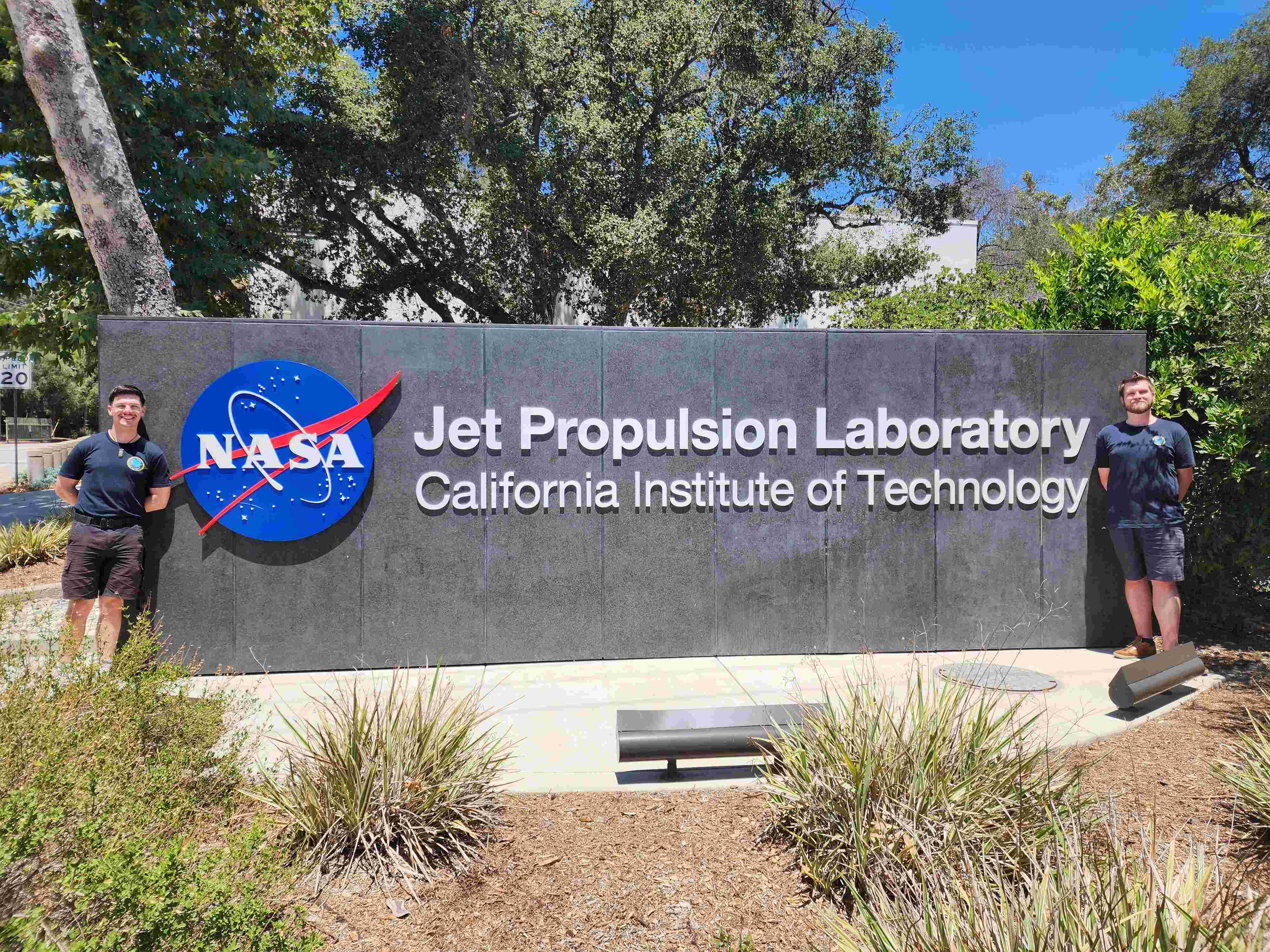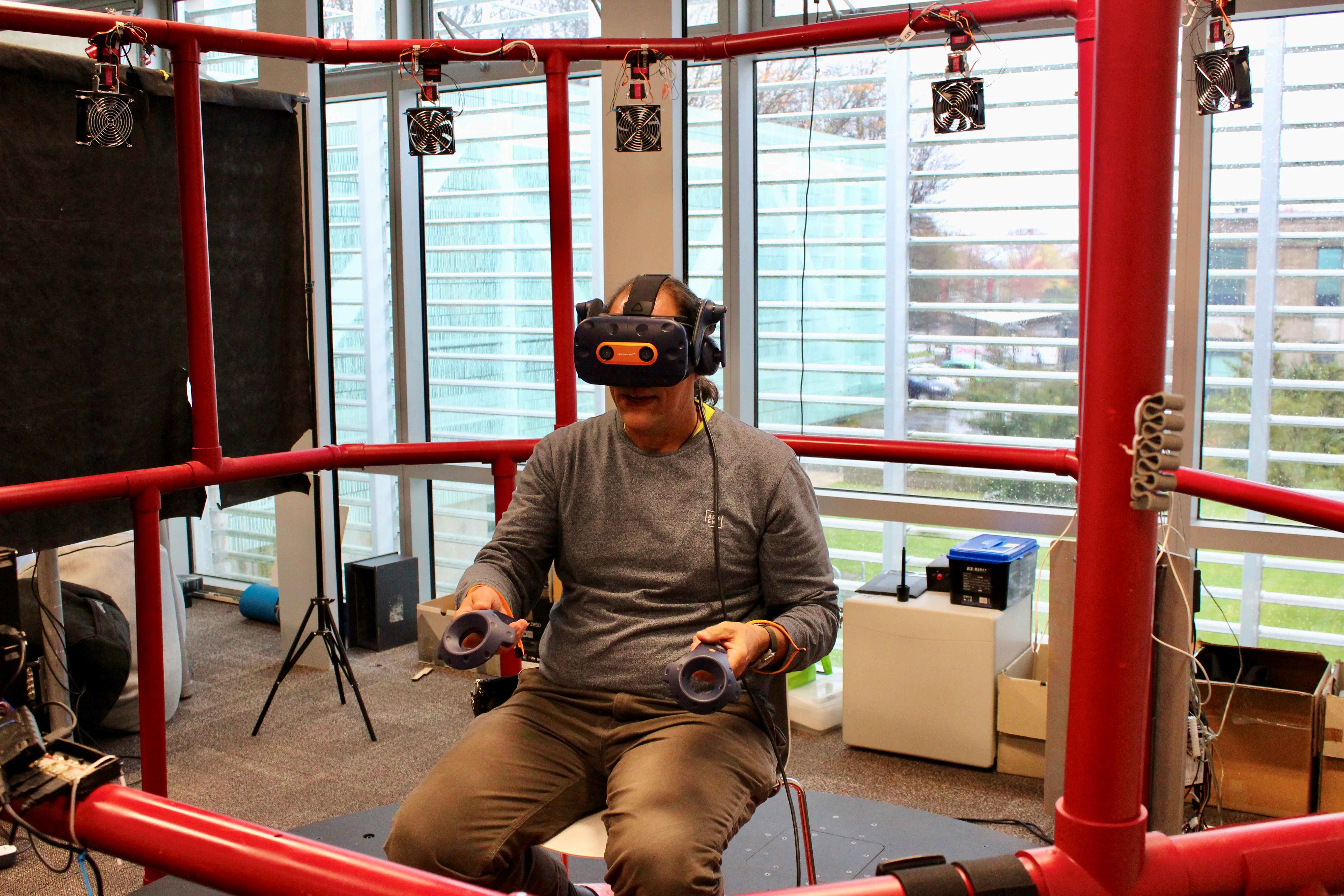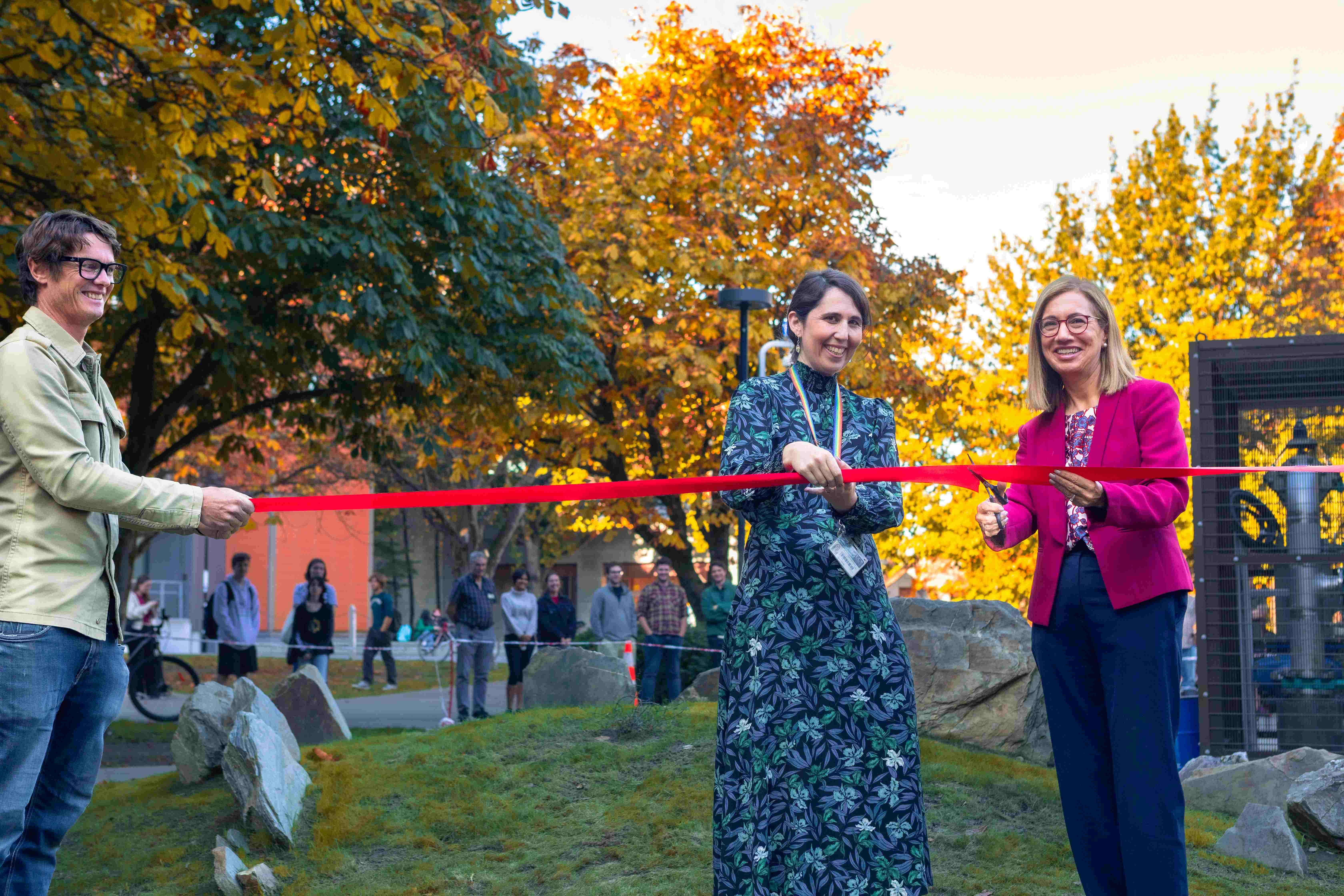Canterbury Distinguished Professor Roy Kerr's influential discovery is a mathematical solution. It is a core ingredient for understanding the cycles of the life and death of stars, galaxies, of the heavy elements that we ourselves are made of and which we carry as precious metals on our fingers. Life, the Universe, and everything.
Nobel Prize-winning theoretical physicist Subrahmanyan Chandrasekhar said: “In my entire scientific life, extending over 45 years, the most shattering experience has been the realisation that an exact solution of Einstein’s equations of general relativity, discovered by the New Zealand mathematician, Roy Kerr, provides the absolutely exact representation of untold numbers of massive black holes that populate the universe.”
On Thursday evening, 31 August, Professor Kerr will share the stories of how he discovered the well-known Kerr metric in a public lecture at the University of Canterbury. In his talk Black holes turn 60, he will shed light on its importance in grasping the theoretical properties of the geometry of space.
His key insight was that all physical objects collapsing under gravity inevitably rotate. This led to revolutions in more than one way. Combined with Einstein’s insight that nothing moves faster than light it is now the mathematical basis for analysing new data, and new fundamental discoveries, now that we can finally observe gravitational waves from colliding black holes and neutron stars.
This is a rare chance to gain insights from a true pioneer in the field. Fundamental discoveries made 60 years ago are defining 21st-century science: the cutting edge for decades and centuries to come. Join us to share a unique piece of history, past, present, and future.
Canterbury Distinguished Professor Roy Kerr:
Canterbury Distinguished Professor Roy Kerr is an eminent mathematician, known internationally for discovering the Kerr solution, an exact solution to the Einstein field equation of general relativity.
Professor Kerr began his long association with the University of Canterbury in 1951, earning a Bachelor of Science in 1954 and a Master of Science in 1955. He then went to Cambridge to research his PhD and was awarded his doctorate in 1959. From England, Dr Kerr moved to the United States, where, as a postdoctoral student in Syracuse, New York, he worked with Professor Peter Bergmann, Albert Einstein’s collaborator.
In 1963, while working at the University of Austin in Texas, Dr Kerr did something that had eluded scientists for 47 years – he discovered the solution to Einstein’s equations that define the space outside a rotating star or black hole. This was something many in the field doubted could be done.
Professor Kerr’s discovery triggered a revolution in the field of astrophysics and is now known as the ‘Kerr geometry’ or 'Kerr solution’.
Dr Kerr returned to New Zealand and the University of Canterbury in 1971, where he became a Professor of Mathematics for 22 years until his retirement in 1993, when he was appointed an Emeritus Professor. Professor Kerr developed strong links with the department of physics and astronomy, where his seminal work on the Kerr Vacuum provided the basis of much research and teaching.
Professor Kerr was awarded the British Royal Society’s Hughes Medal in 1984 and the Rutherford Medal from the New Zealand Royal Society in 1993. He was made a Companion of the New Zealand Order of Merit in 2011, and was awarded the 2013 Albert Einstein medal by the Albert Einstein Society in Switzerland.
The University of Canterbury awarded the rare honour of the title Canterbury Distinguished Professor to Professor Roy Kerr who also received the prestigious Crafoord Prize in Sweden in 2016. (‘Canterbury Distinguished Professor’ is the highest academic title that can be awarded by UC and has been conferred only twice before in the University’s 150-year history. Title recipients are Nobel Prize winners or equivalent, such as the Crafoord Prize.)
In 2022, Asteroid (5718) Roykerr was named in his honour by long-serving members of UC, Adjunct Senior Fellows of the School of Physical & Chemical Sciences Alan Gilmore and Pam Kilmartin, who discovered the asteroid and have been observers at the University of Canterbury Mount John Observatory since 1980.
Stephen Hawking on Roy Kerr:
One of the world's foremost theoretical physicists famous for his work on black holes, Stephen Hawking described Kerr's discovery in his famous book, A Brief History of Time.
Professor Hawking wrote: “In 1963, Roy Kerr, a New Zealander, found a set of solutions of the equations of general relativity that described rotating black holes. These ‘Kerr’ black holes rotate at a constant rate, their size and shape depending only on their mass and rate of rotation. If the rotation is zero, the black hole is perfectly round and the solution is identical to the Schwarzschild solution. If the rotation is non-zero, the black hole bulges outward near its equator (just as the Earth or the Sun bulge due to their rotation), and the faster it rotates, the more it bulges. So ... it was conjectured that any rotating body that collapsed to form a black hole would eventually settle down to a stationary state described by the Kerr solution. In 1970 a colleague and fellow research student of mine at Cambridge, Brandon Carter, took the first step toward proving this conjecture. He showed that, provided a stationary rotating black hole had an axis of symmetry, like a spinning top, its size and shape would depend only on its mass and rate of rotation. Then, in 1971, I proved that any stationary rotating black hole would indeed have such an axis of symmetry. Finally, in 1973, David Robinson at Kings College, London, used Carter's and my results to show that the conjecture had been correct: such a black hole had indeed to be the Kerr solution.”
Public Lecture: Black holes turn 60 by Canterbury Distinguished Professor Roy Kerr, 7pm – 8pm on Thursday, 31 August, in E8 Lecture Theatre, UC Engineering precinct, Ilam campus, University of Canterbury. Register to attend: Public Lecture | Black holes turn 60 | University of Canterbury.










